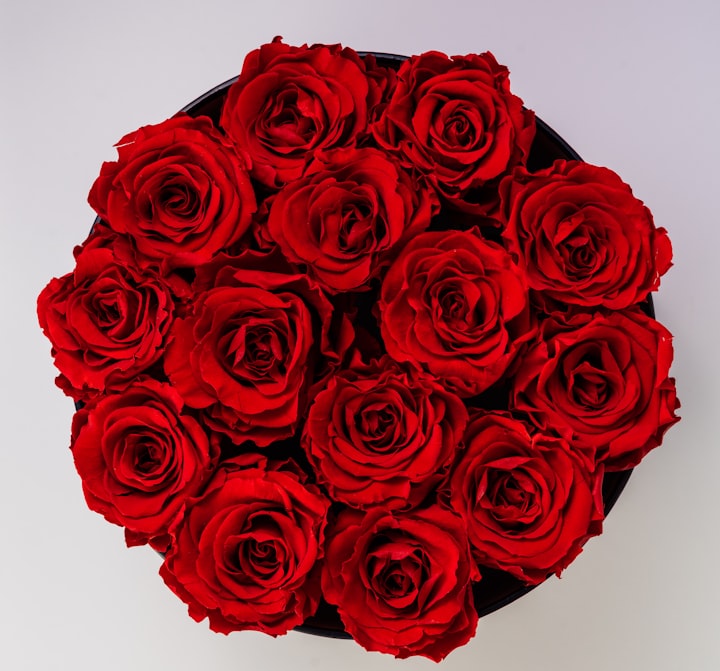10 Toxic Flowers You Should Never Buy
Do you know which are the toxic flowers?

Flowers are the most common way to show your appreciation, love, or gratitude to someone. Whether it is roses, lilies, orchids, or a simple bouquet of snowdrops, these gifts are always appreciated by women.
However, you should know that there are some flowers that, once cut, become toxic. If you are surprised, read below what flowers you should avoid buying!
Roses
Let's start with the series of flowers that you should never buy with the symbol of love and passionate love: the rose. This wonderful flower is one of the most loaded flowers with toxic substances.
From Colombia and Ecuador (where roses are massively grown) to the United States, these flowers are sprayed with an anti-fungal chemical, an insecticide, and a powerful preservative that helps keep them fresh for as long as possible. Inhaling these substances can be harmful to your health!
Lily
In addition to the fact that they look very nice and look great in absolutely any color, lilies hide a rather unpleasant secret.
Because they are prone to several diseases, lilies should be regularly sprayed with toxic substances to keep them away from these dangers. For humans, these solutions are harmful because they can cause respiratory problems.
Tulips
Nothing compares to a rich bouquet of tulips in early spring.
Tulip is one of the most cultivated flowers. Even if the substances used against insects are not as harmful as those for lilies or roses, the cultivation of tulips requires a certain agricultural practice that can favor soil pollution.
Orchids
The orchid is the most exotic flower. However, their tropical origin requires extra care, in greenhouses with fans of heat and artificial light, which does not make it as natural as we think.
Chrysanthemums
For the freshness of these flowers to be maintained for a long time, growers use a large number of pesticides and fertilizers, well above the recommended limit. Chrysanthemums are among the top 5 most popular flowers. However, very harmful pesticide residues have been shown on the surface of chrysanthemums.
Carnations
Carnations are the faithful substitute for roses. A bouquet of carnations can be perfect for a fine and sensitive woman.
But the pesticides sprayed on the leaves of carnations are very harmful to the wild animals of Kenya, the place where this flower is massively cultivated.
Hortensia
Hydrangeas are in vogue now, so they are often found in bouquets and flower arrangements. They can also be purchased in pots as houseplants or garden plants.
However, it is important to know that hydrangeas contain a cyanide derivative, and if ingested in large quantities by children or pets, it can endanger their lives.
Adults may experience symptoms such as vomiting, diarrhea, or lethargy if they accidentally ingest parts of the hydrangea.
Azalea and rhododendron
The flowers of these plants are poisonous to pets, triggering several symptoms such as nausea, vomiting, abdominal pain, and breathing problems if eaten by a cat, dog, or other pet.
Lily of the valley
Lily of the valley is an extremely beautiful, fragrant, fragile, and poisonous plant. They contain active substances that can affect the heart system, causing symptoms such as vomiting, hallucinations, slowing of the heart rate, and more.
Fortunately, the toxic substances in these flowers are gradually absorbed into the body, which means that if you intervene quickly, the side effects are reduced.
The flower of the bride
The bride's flower is found in many bouquets and floral arrangements, but what few of us know is that it is toxic.
The stem, leaves, and flowers contain poisonous substances, which can cause symptoms such as skin irritation, vomiting, or diarrhea.
Children, adults, dogs, and cats are at risk of poisoning if they accidentally eat parts of the bride's flower.
The risks you face when you ingest a particular plant differ from one individual to another, depending on several criteria such as age, health problems, and, most importantly, the number of toxic substances ingested.
If you, your child, or even your pet accidentally ingest certain flowers, take a picture of them and see a doctor immediately if any unpleasant manifestations suggest poisoning.





Comments
There are no comments for this story
Be the first to respond and start the conversation.